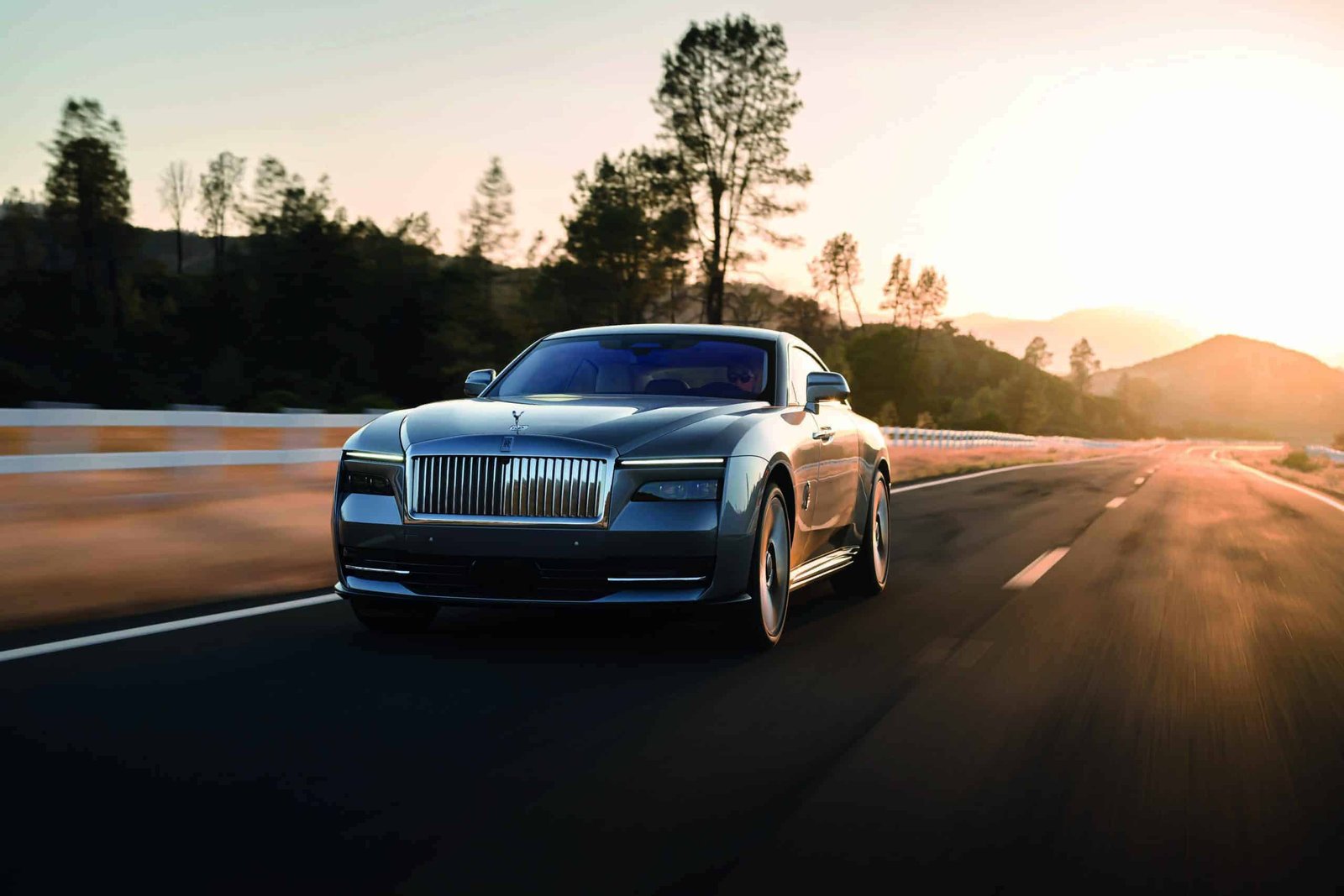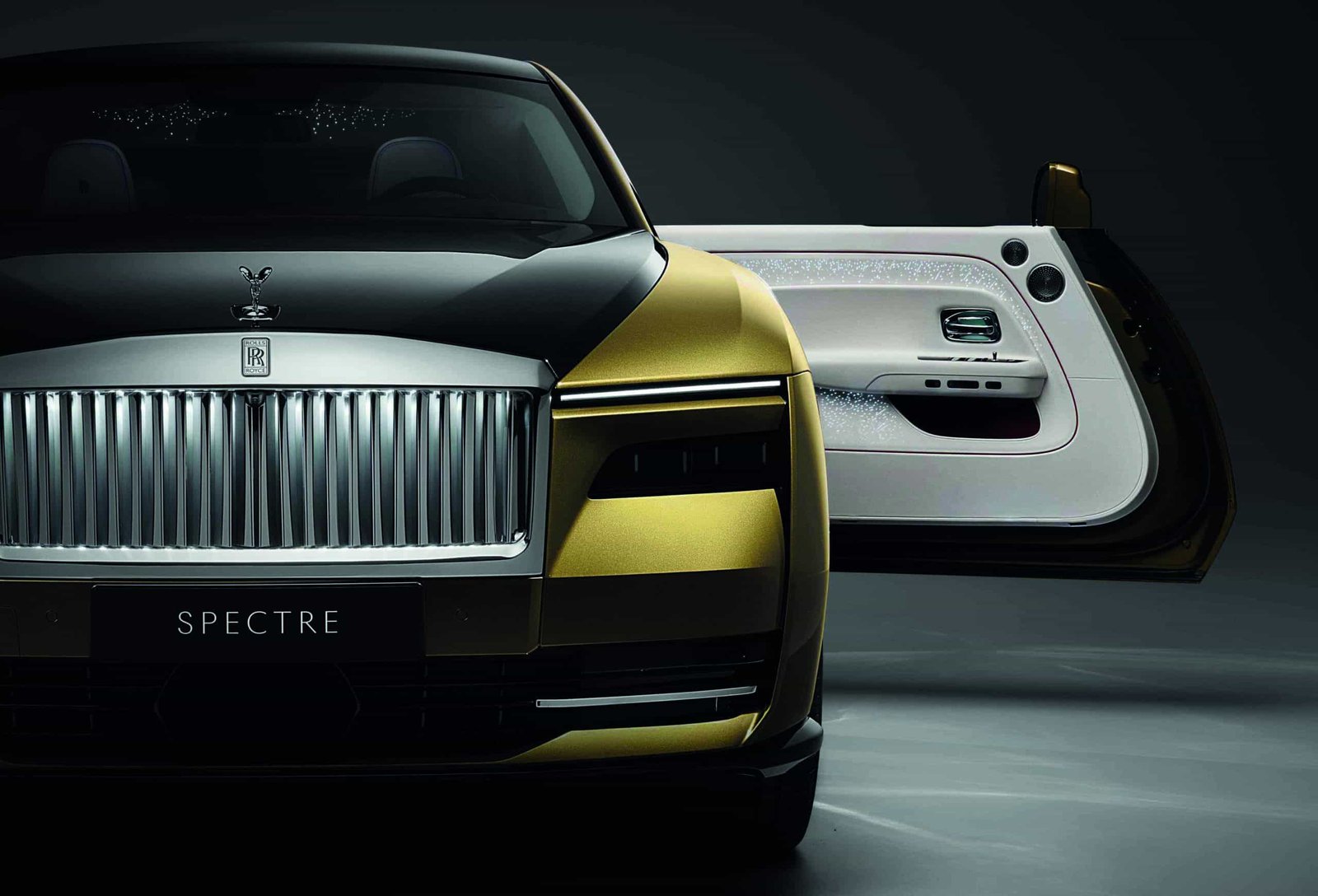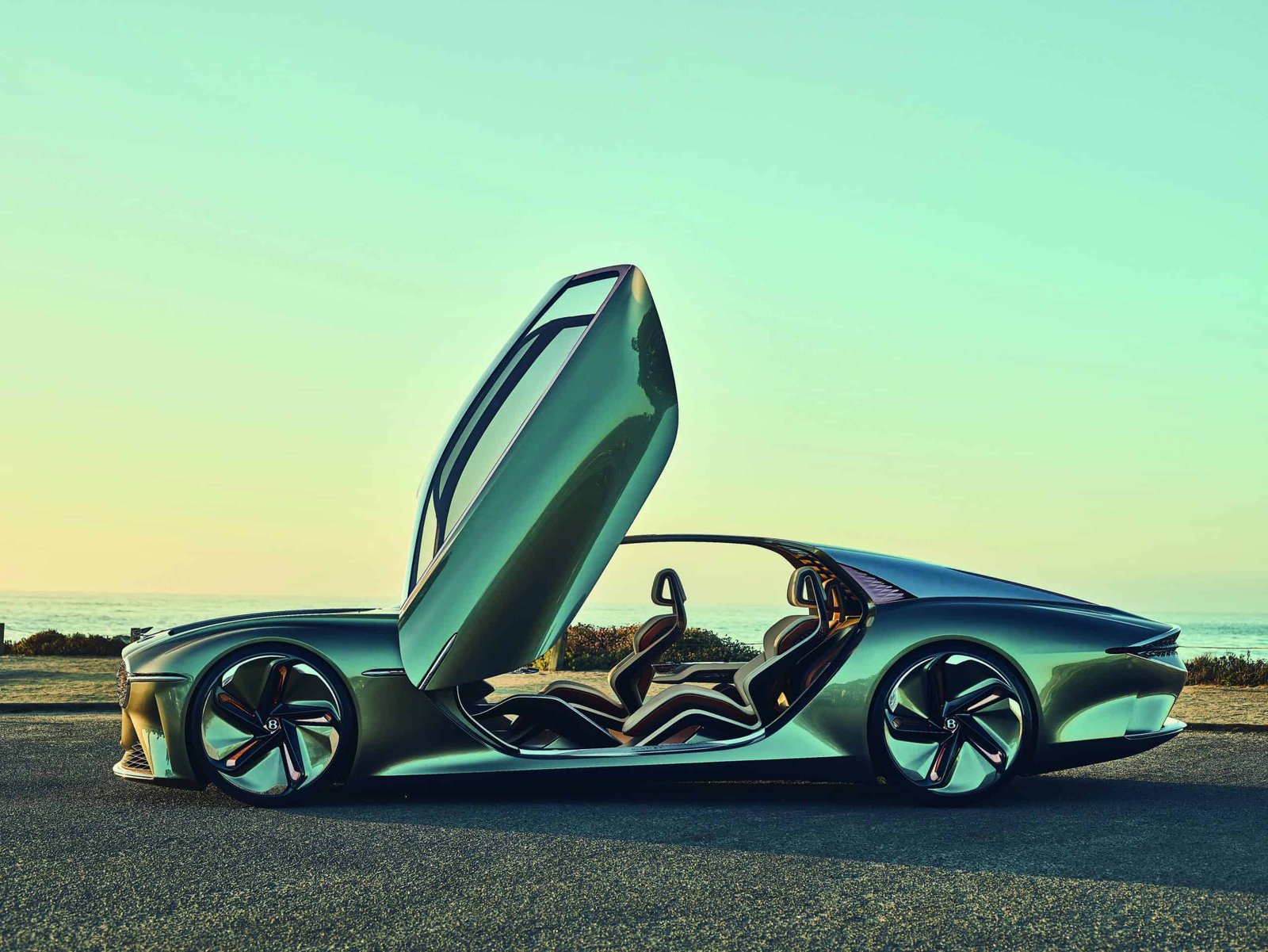From the application of artificial intelligence to carbon neutral fuels, Verijet is leading the advance in green, private aviation
Verijet is on a mission to decarbonise private aviation while providing customers access to luxurious yet low-cost, safer short-haul private flights. Founded in 2019 by Richard Kane and his wife Allison, the airline is linking thousands of local airports using AI-powered, carbon neutral planes. “We see what FedEx did to the Post Office and e-trading did to stock markets and want to create that upheaval to air travel,” says Richard. “We are going to connect thousands of people to local airports so they no longer have to use major airports – the hubs of misery – with a machine that outperforms everything else in terms of carbon, safety and cost.” “Vjetters” can be one-off users, JetCard holders, or investors, or they could acquire a jet and lease it to the company in exchange for a monthly return.
Inspired by a passion for aviation and the environment, Richard and Allison want to transform private air travel through the Cirrus Vision Jet, a stylish aircraft with a carbon-fibre fuselage and an almost noiseless engine. It has a range of 1,400 miles and access to thousands of airports with short runways, while proprietary algorithms calculate the fastest route to save time and energy. The plane uses three different types of carbon neutral fuel and will soon be powered by fuel made from sequestered carbon, creating further environmental savings.
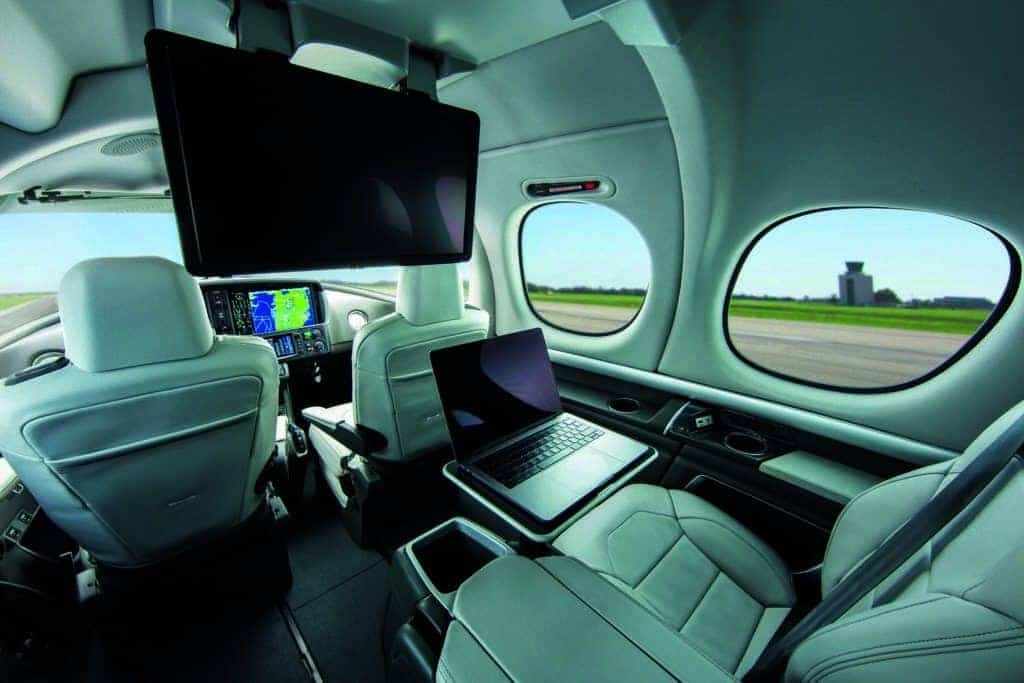
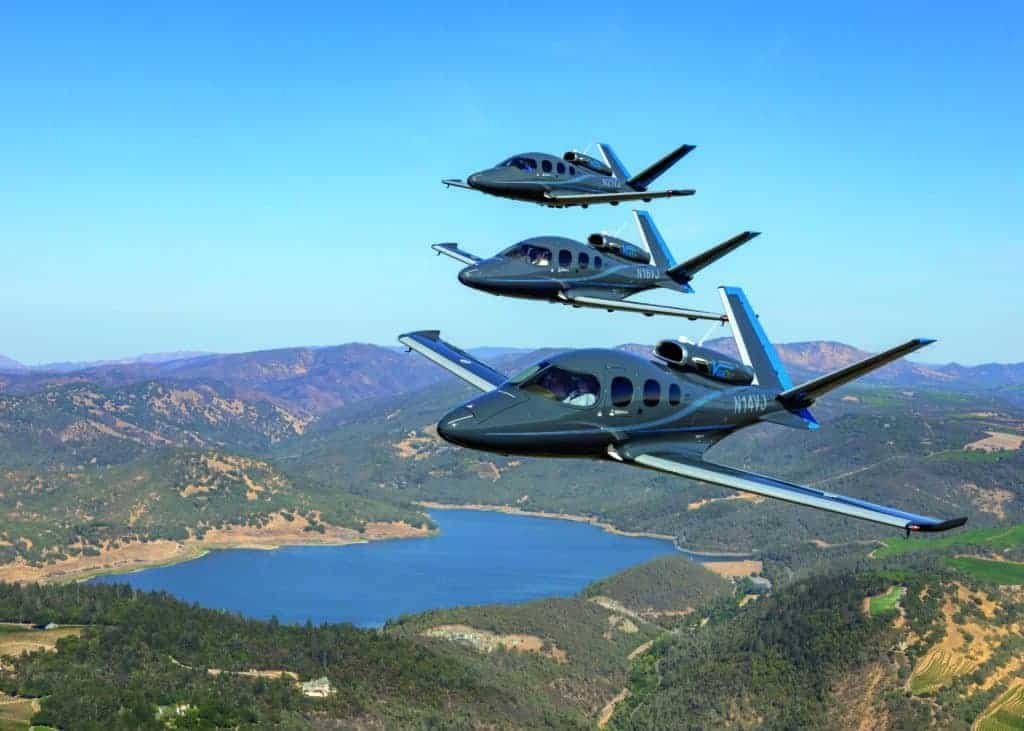
“We save one tonne of carbon per hour compared to jets of equal size,” says Allison. These are not the only savings: Verijet is more cost- effective because the plane uses less fuel, while the use of small airports increases the actual speed of door to door travel from 75mph to 300mph – the result of reducing the time and carbon cost of travelling to major airports for a connection, as per the hub and spoke system. And it will help make flying fun again for pilots, “with one pilot, one engine and the use of a carbon-fibre aircraft loaded with the latest technology in aviation, such as terrain avoidance, forward-looking infrared cameras and weather radars,” says Richard.
“And we have a perfect safety record,” he adds. Safety measures include a state-of-the-art parachute system and an emergency autoland button that allows passengers on the plane to take control – AI calculates the most convenient nearby airport and lands the plane. This is part of a long- term vision to democratise flying and increase the efficiency of small aircraft, involving partners such as NASA. Richard’s own contribution came decades ago when he developed a programme to remove inefficiencies in routing long-distance phone calls and then applied the algorithm to charter flights. “Advancements in AI, material science and metallurgy, and changes in airspace management, mean this was not possible five years ago,” he says.

Verijet launches in Europe in 2024 and plans to have 1,100 planes serving 5,400 US airports and another 900 serving 3,000 European airports. The company is already exploring the next frontier in the form of an electric aircraft – currently at flight testing stage – that can perform vertical take-off and landing, using only $20-worth of electricity. It comes with a prefabricated airport containing crew quarters and a passenger lounge that can be constructed in days, bringing flight to people’s backyards.
“Our mission is to be the safest and most efficient airline for, and on, the planet,” says Richard. “We will triple the speed and improve the efficiency of short-haul travel with reduced carbon and perfect safety. We want to keep our pilots happy and enthusiastic, which lets them share their love of aviation with our passengers.”
www.verijet.com




